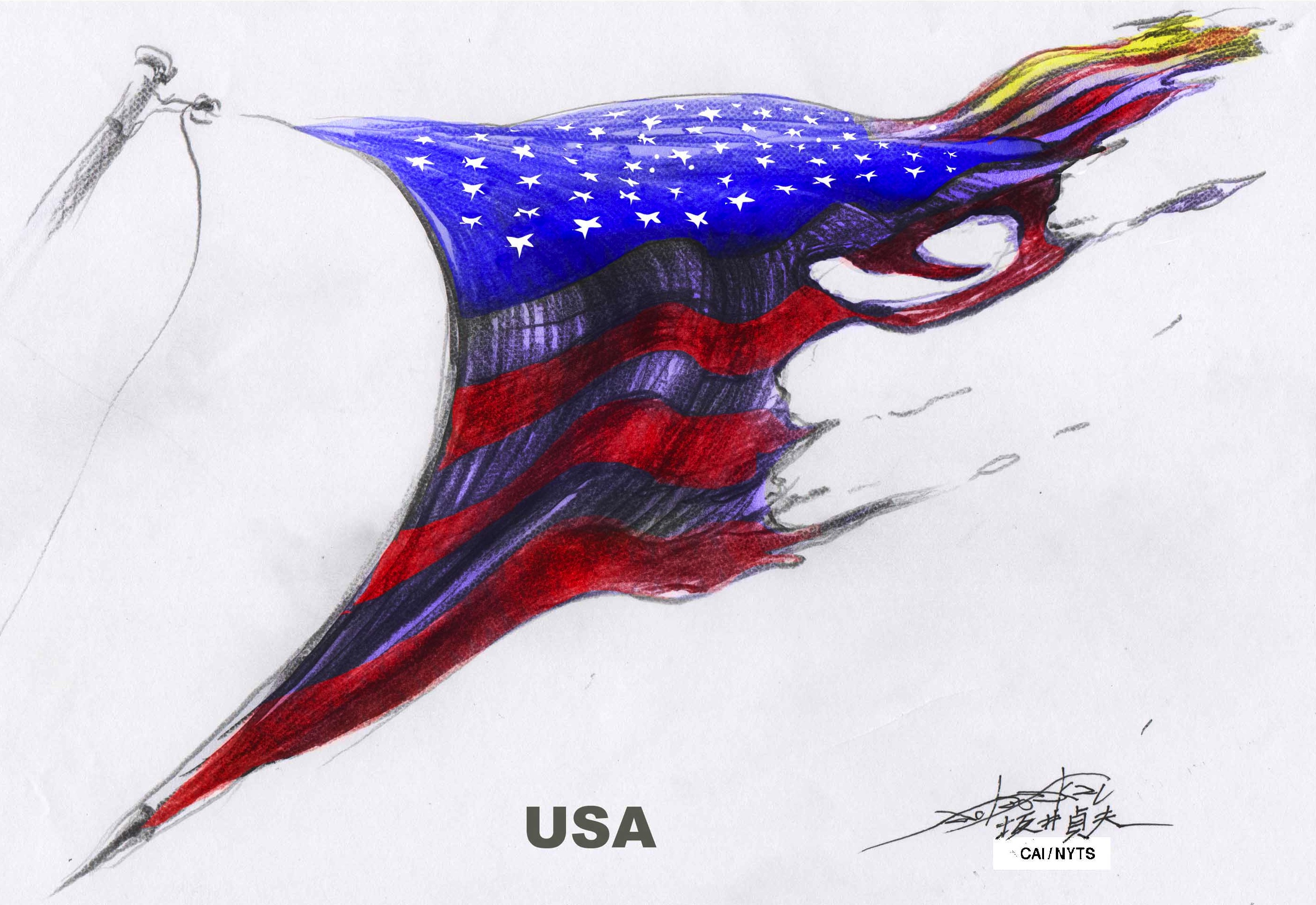A new study shows that blacks and Hispanics in the United States are more than twice as likely as whites to "experience some form of force in interactions with police," but no more likely to experience the most "extreme use of force — officer-involved shootings." That finding can be important to de-escalating the kind of violence that culminated with the tragedy in Dallas last week.
Roland G. Fryer, a Harvard economist, says his anger about the killings of blacks by police drove him to look into the data. The resulting paper, unsurprisingly, showed that blacks and Hispanics have more violent interactions with police — being grabbed, pushed into a wall or onto the ground, having a gun pointed at them. The study looked at more than 1,000 shootings in 10 major police departments, and found that even after correcting for various circumstances of the encounters — such as the crime rate in the areas where they occurred — the race effect remains. And non-whites are likely to be subjected to force even when they are compliant with police requests.
Fryer, however, was surprised to discover that lethal force is more infrequently applied to blacks and Hispanics than to whites. Using a dataset from Houston, Texas, he calculated that blacks were 23.8 percent less likely to be fired upon by police than whites. "Partitioning the data in myriad ways, we find no evidence of racial discrimination in officer-involved shootings," he wrote.



















With your current subscription plan you can comment on stories. However, before writing your first comment, please create a display name in the Profile section of your subscriber account page.